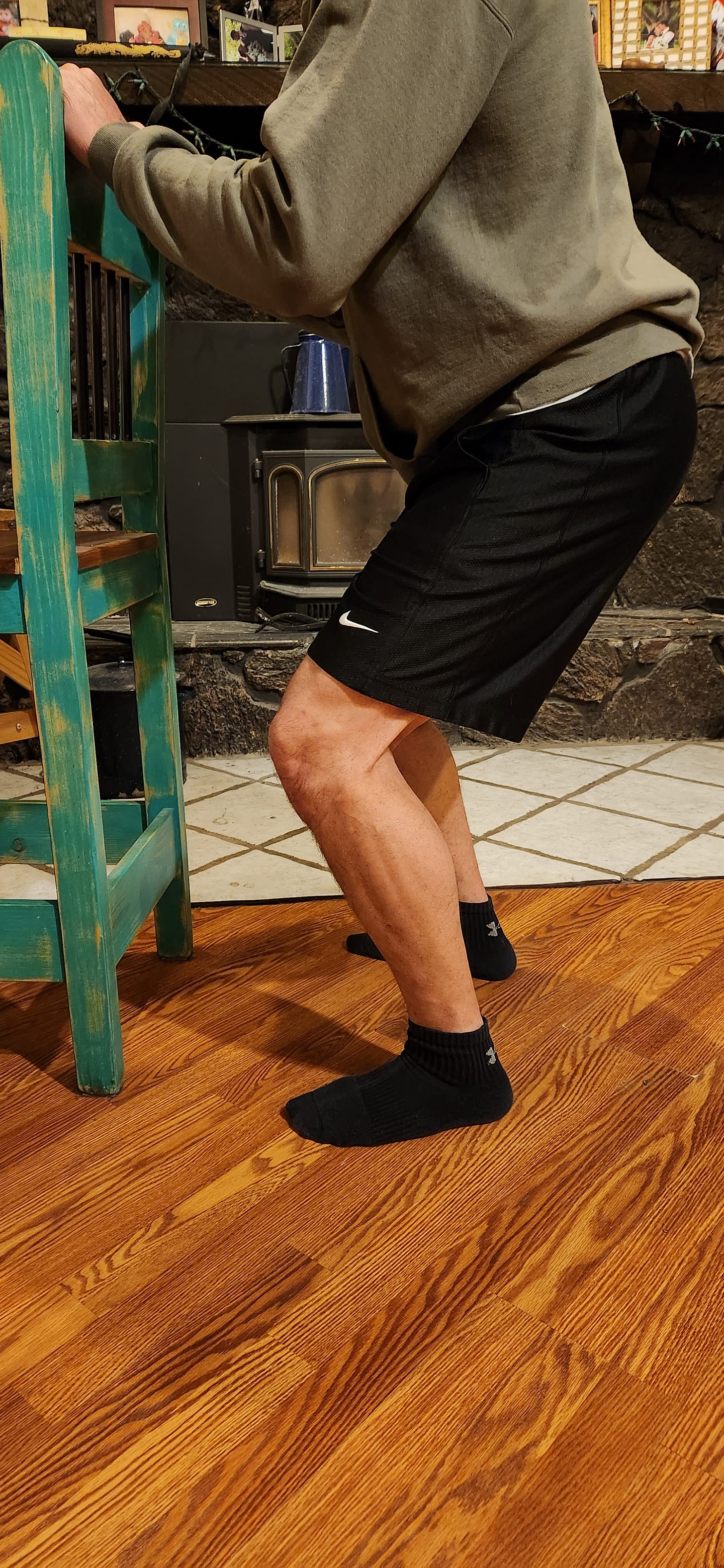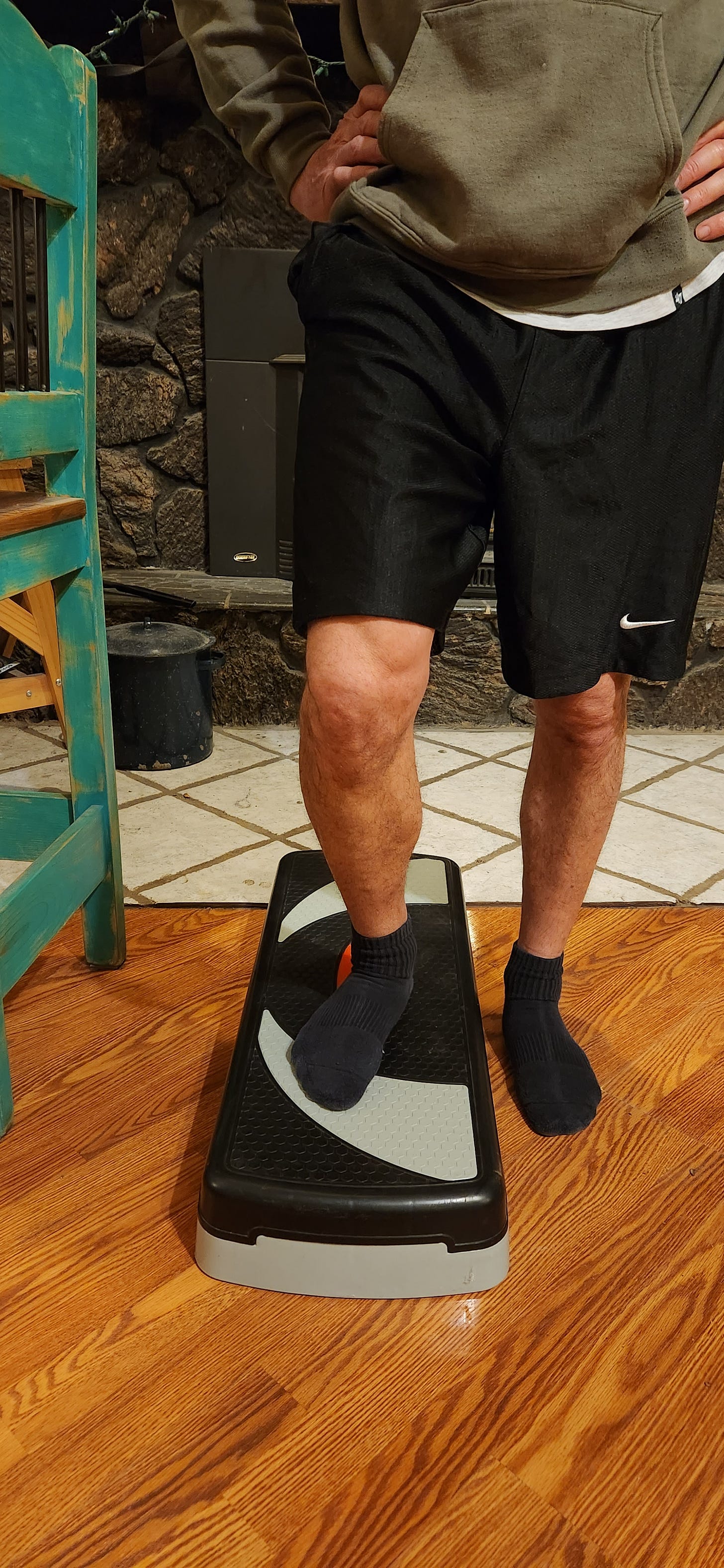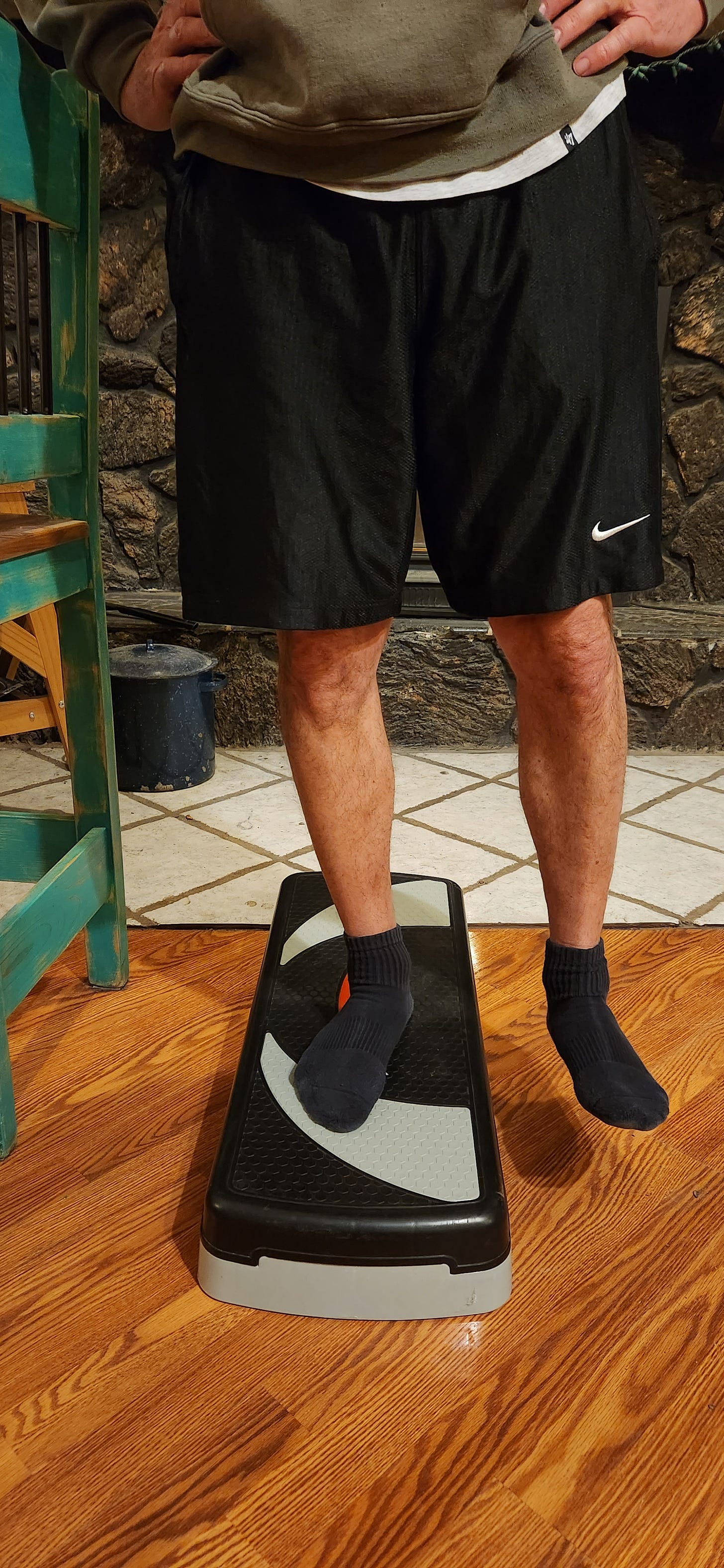How to stop limping
This is not medical advice.
“Don’t limp on the way out, it makes us look bad.” That’s a line we reserve for the patients who have a good sense of humor, and have been busting our huevos the last hour. You’re actually there so that we can help you stop limping in the first place.
Remember that show House with the really obnoxious doctor, who always figured out the mysterious diseases? He’s famous within rehab circles as an example of how not to walk with a cane. He was using the cane on the wrong side, or should have had a better device. (Another example of doctors, nurses and therapists being the worst patients).
What is limping, and what causes it, and how do you fix that?
There may be many different factors that cause limping. Usually it is an injury or surgery, associated pain and weakness, and then habit, pain avoidance, fear of losing balance, etc.
It can be a slow and gradual onset, due to pain and weakness.
Get an assessment in person first. Strengthening the knees, hips and back may help, however this needs to be applied. Strengthening alone will not fix the issue.
I’ve heard doctors tell patients to ditch the walker at follow up appointments. Most people I meet don’t want to be on the walker, and are usually very impatient. They usually need a walker to prevent falling. I think the doctor has a study or metric in mind about people becoming weaker over time, and worse, and I get that perspective. However, there is also a high mortality rate associated with falls and broken hips.
Strengthening is important, but so is the choice of exercises. In a very overly simplified explanation, when you limp, briefly balancing on one foot, there is at a minimum, 50-100 pounds of force that your hips need to deal with. So little rubber bands are unlikely to make you strong enough. You need to strengthen several low back, hip and knee muscles groups, but the side hip muscles are probably the most important. These exercises pictured will help with that.
.
A group of hip strengthening exercises that is missing from this group, is when you lie on your side, and kick to the ceiling, or standing hip kick to the side. These will strengthen the side hip muscles, however, when you are limping, the foot is planted on the ground. These exercises pictured emphasize strengthening the muscles with the foot planted.
More importantly, strength needs to be applied to correction of the limp. If you get stronger, but don’t actively try to correct that, it won’t mean anything. That’s where the mirror comes in.
Mirrors and cell phone videos are a great way of giving feedback on the problems associated with limping. This also addresses the habit part of the problem.
I have heard arguments against this, stating “we don’t walk in front of mirrors all day.” True, but your brain needs to identify the problem first, and this helps tremendously. Professional athletes and trainers use video feedback training all the time. If it’s right for bodies that are worth millions of dollars, then I would argue it’s right for us also.
Spouses are also a great source of telling you how you are doing it wrong, how you need to fix it, and constant reminders of both. “Stand up straight!”
Balance can be a large part of the issue. I addressed that here,
Posture may also need to be addressed. That can be a circle of habit, pain, weakness. Once people stop lying on their stomach, for even 5 minutes a day, their posture starts to stoop forward, and is extremely difficult to regain. McKenzie extension is a good resource for addressing upright posture. Prevention is better than the cure here.
Finally, canes and walkers should be viewed as tools, not “crutches.” If you limp with the device, then you are reinforcing the habit/problem. If you attain your best posture with every step, with help from the tool/cane, you are gradually getting stronger and improving. As you get better, you take shorter trips with no device. Gradually, you graduate to no tool needed.
This sounds very tedious, but that’s really how it has to be for success. You won’t always have to think about every step, but in the beginning this is necessary. If you ignore your own feedback, the limping will not go away.
You should seek professional help for this issue, but honestly you are the most responsible for its correction.







